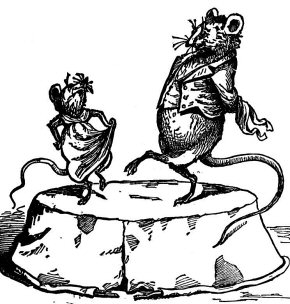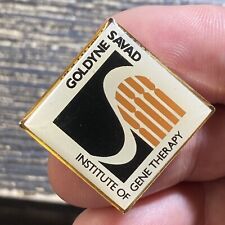
Gene therapy has been successfully used to restore sight in mice with a form of hereditary blindness; possibly leading to new treatments for common blinding diseases. Writing about their work in Nature Medicine, the University of Florida (UF) scientists described how they used a harmless virus to deliver corrective genes to mice with a genetic impairment that robs them of vision. The discovery shows that it is possible to target and rescue cone cells – the most important cells for visual sharpness and color vision in people.
The mice in the experiment were suffering from a form of hereditary blindness called achromatopsia, which affects about 1 in 30,000 Americans. The disease results in nearly complete color blindness and extremely poor central vision. Within two months of the gene therapy injection into the subretinal space of the mouse eyes, the scientists measured the electrical activity in the retinas, finding that 19 of the 21 treated eyes positively responded to therapy, and 17 of those 19 had electrical readings from their retinas on a par with those taken in normal mice.
The researchers then conducted eye tests where the mice were surrounded by four computer monitors that simulated the appearance of being inside a moving drum that had vertical stripes on the walls. Scientists knew the mice could see the stripes because sighted animals naturally move their heads in the same direction as the moving stripes. By making the stripes ever-narrower – similar to how the letters get smaller toward the bottom of an eye chart – the researchers could assess the mice’s visual abilities. They found, that as a group, all of the mice displayed normal visual acuity in their treated eyes.
“People can talk and tell us what they see,” said co-researcher John J. Alexander. “Animals are much more difficult. What makes this test so fantastic is that it involves an animal’s natural response, and the results tell us that the animals’ brains are involved in the process, that they are actually seeing something.”
Related articles:
Eye Of The Beholder Redux
The Eyes Don’t Have It
Pond Scum Could Restore Vision












Comments are closed.